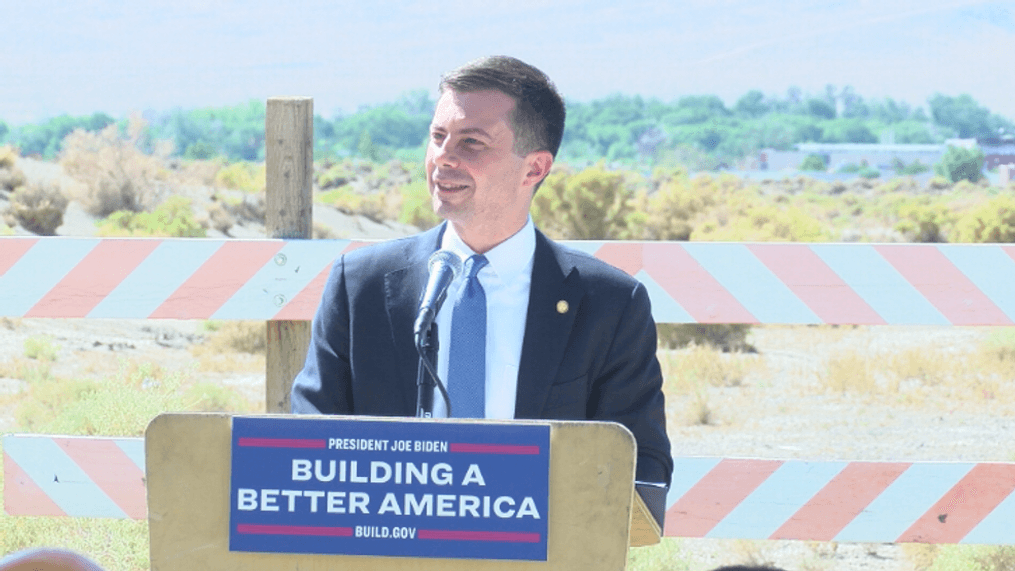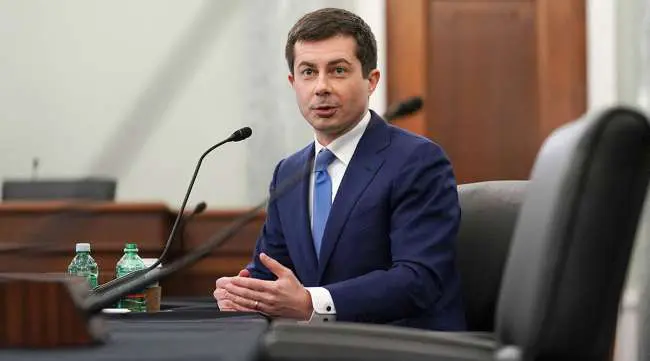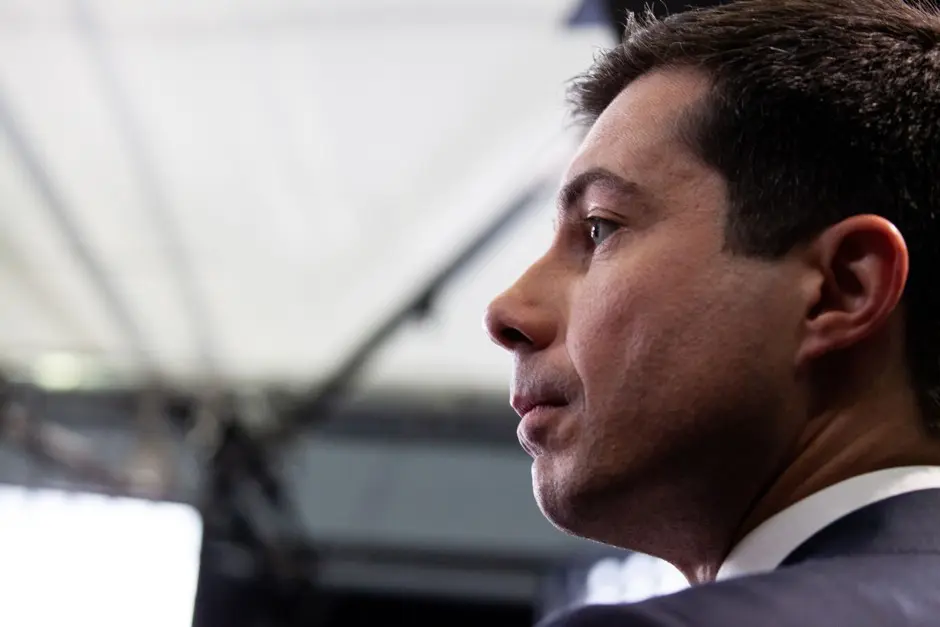This blog post offers an in-depth look at the transformative initiatives undertaken by U.S. Transportation Secretary Pete Buttigieg. As discussions about infrastructure evolve, we delve into the successes, the hurdles faced, and what the future may hold for America’s roads, bridges, and public transport systems.
Buttigieg’s tenure has sparked conversations about safety, equity, and broad accessibility in transportation. Join us as we further explore the infrastructure act and its implications on daily American life.
Understanding the Infrastructure Act
The Infrastructure Investment and Jobs Act (IIJA) represents a historic investment in America’s infrastructure. Allocating $1.2 trillion, it aims to rebuild roads, bridges, and public transit, while also expanding broadband and tackling climate change. This legislation’s main objectives are not just about creating jobs; they are deeply intertwined with revitalizing communities nationwide.
Buttigieg commits to not only invest in these projects but ensure that they reflect a modern understanding of equity and safety. He emphasizes the critical nature of infrastructure in everyday life, where the choices made today will affect accessibility and path of progress for generations to come.
Key Components of the IIJA
The Infrastructure Act is wide-ranging, targeting various components central to the U.S. transportation network. From replacing aging bridges to enhancing rail networks, let’s break down some of the key areas of focus:
- Public Transit Enhancement: The act dedicates significant funding to improve public transport systems in cities. This not only boosts job access but fosters environmental sustainability.
- Highway Maintenance and Reconstruction: Millions are set aside for the upkeep of the national highway system to ensure safety and reliability.
- Broadband Expansion: Investments in broadband infrastructure are crucial for closing the digital divide, particularly in rural areas.
- Climate Resilience: A focus on sustainability, the legislation incentivizes climate-resilient projects to combat future natural disasters.
Buttigieg’s approach emphasizes the importance of these areas not merely as projects but as steps toward a comprehensive, integrated transportation system that benefits all Americans.
Public Safety as a Priority
One key focus of the Infrastructure Act is public safety, a topic Buttigieg has openly discussed throughout his tenure. The statistics surrounding road safety in the U.S. are alarming, with rising fatalities presenting a significant social issue. Buttigieg’s aim is to allocate more funding for safety upgrades, including better lighting, improved signage, and more crosswalks in pedestrian-heavy areas.

Statistics and Trends
To understand the urgency around road safety, note the following statistics:
- Road fatalities: The U.S. saw an increase of 21% in road fatalities from 2019 to 2021.
- Pedestrian deaths: Almost 7,500 pedestrians were killed in 2021, the highest figure in over 40 years.
- Infrastructure needs: Approximately 40% of U.S. roads are in poor condition.
With these figures in mind, the act’s investments serve as a vital intervention aimed at flipping these trends while simultaneously ensuring every road user feels safe.
Infrastructure and Social Justice
Social justice emerges as a pivotal theme in Buttigieg’s discussions regarding the infrastructure landscape, a landscape historically marred by inequity. The ramifications of infrastructure projects can be wide-reaching; when planning takes place without community input, whole neighborhoods can suffer, leading to displacement and economic decline.
Buttigieg has articulated a need for projects to be inclusive. He advocates for thorough community engagement throughout the infrastructure planning phase to ensure that historically marginalized groups are not overlooked.
Success Stories
Several cities have started to implement initiatives reflective of this vision:
- Los Angeles: New bike lanes and pedestrian-friendly policies were introduced to mitigate traffic in dense districts.
- Chicago: Upgrades to public transit systems to better serve low-income communities.
- New York City: Engagement with local groups has led to inclusive planning sessions for major transit projects.
These initiatives are merely the starting point on a long journey toward equitable infrastructure development.

Challenges Ahead: Political Landscape
Despite these ambitious plans, Buttigieg acknowledges the political hurdles that lie ahead. The current political climate presents challenges in terms of bipartisanship and public perception of government effectiveness.
For infrastructure projects to succeed, consistent support from lawmakers is pivotal, yet recent divisions in Congress exemplify the difficulty.
Public Perception
Moreover, public perception can significantly impact these initiatives. As people become more skeptical of government spending, it is incumbent upon the Department of Transportation to communicate success stories effectively. Demonstrating tangible impacts of the IIJA initiatives on everyday lives can bridge the gap between skepticism and trust.
Here are key strategies Buttigieg has identified:
- Transparency: Making project details easily accessible to the public.
- Community Outreach: Fostering an open dialogue with citizens about ongoing projects.
- Impact Reporting: Providing regular updates on progress and benefits of infrastructure investments.
Using these strategies can transform public opinion and enhance trust in governmental processes.
The Future of Transportation
As Buttigieg looks ahead, several trends may shape the future of transportation. The rise of electric vehicles (EVs), the need for climate-resilient practices, and the integration of state-of-the-art technology in public transit are central themes driving discussions.
Electric vehicles are particularly important as the U.S. pushes toward sustainability. With funding allocated for EV charging stations integrated with highway systems, consumers will have a greater willingness to transition to greener alternatives.

Technological Integration
Integrating technology into transportation systems can also enhance efficiency and safety:
- Smart Traffic Signals: Utilizing AI to manage traffic flow better.
- Real-time Data Monitoring: Improving public transport schedules and reducing wait times.
- Autonomous Vehicles: Investigating the future of driverless transportation.
These technologies represent the shift towards a modernized transportation system that meets the needs of a dynamic society while addressing sustainability challenges.
Engaging with Communities
Engagement with communities remains a cornerstone of Buttigieg’s vision. The transportation landscape cannot transform without input from the citizens who interact with these infrastructures daily.
Listening sessions, town hall meetings, and proximity to concerns expressed by locals will guide initiatives as they unfold.
Planning for Tomorrow
The conversations we have today dictate the roads we’ll travel tomorrow. Involving a mix of stakeholders—from community activists to industry experts—creates a comprehensive dialogue around what future infrastructure should look like:
- Public input: Gathering voices across communities ensures inclusivity.
- Collaborative planning: Partnering with private sectors to share insights will enable innovative solutions.
- Sustainability goals: Aligning projects with climate objectives to roadmap a clean energy future.
Buttigieg’s approach signifies a commitment to collaboration and coherence in achieving meaningful infrastructure reform.
Wrapping Up Thoughts
The conversation surrounding infrastructure continues to evolve, as does the role of Secretary Buttigieg. Through strategic prioritization on safety, social equity, and community engagement, he aims to leave a positive legacy as part of the infrastructure decade.
As stakeholders, from citizens to lawmakers, join the conversation, the future of America’s infrastructure relies upon thoughtful dialogue, strategic planning, and unwavering commitment to equitable development.
Source: www.npr.org
Hi there! I’m Jade, a 38-year-old gossip journalist with a passion for uncovering the juiciest stories in the world of celebrity news. With years of experience in the industry, I love sharing the latest trends and insider scoops.



